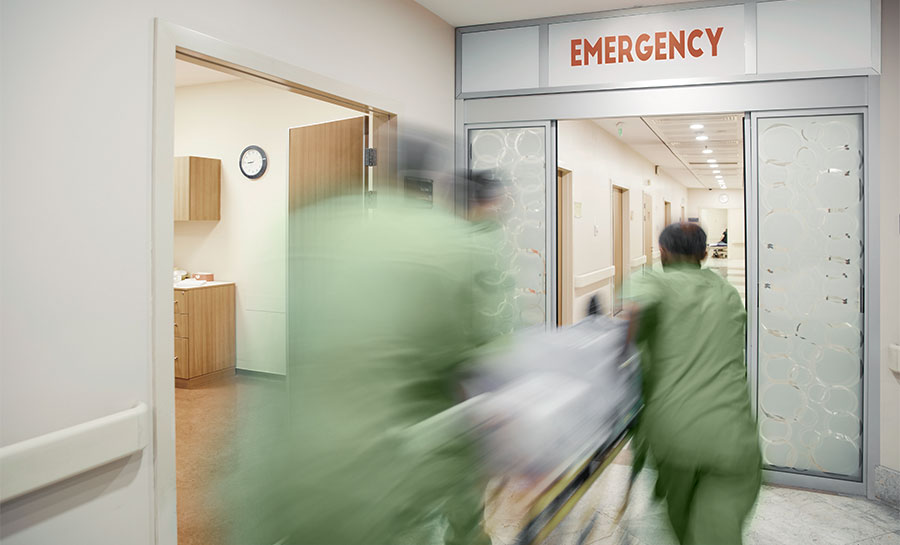At the beginning of 2020, the senior living market was still offering hospitality as its main selling point. Then, COVID-19 fundamentally changed that and forced communities to shift their focus from hospitality to value-based care. The pandemic made it more apparent than ever that protecting the overall well-being of the senior population must be the first and foremost priority, with hospitality and extra amenities coming in a close second. Going forward, the way that senior communities are developed, designed, marketed and operated will need to change to follow suit.
With recent data showing that skilled nursing occupancy fell nearly 11% during the pandemic, assisted living communities will need to shape future strategies around a value-based care model to regain pre-pandemic occupancy levels and normalize operations.
The digital tools needed to deliver value-based care
To attract residents, it will be critical to demonstrate how innovative technology tools will facilitate high-quality care and keep patients protected, safe, and happy. Here are the top three technology innovations that will help facilitate the transformation to care-based models in senior living communities:
- Point of care and mobile technology: Point of care and mobile technology ensures that care is documented accurately and in the moment. It empowers caregivers in assisted living communities and skilled nursing facilities to better manage their day by capturing and documenting the delivery of services and medications in real-time. Digital tools with simple, intuitive workflows also allow senior communities to onboard new staff members in a shorter period of time, which is especially important for communities dealing with nursing shortages and those looking to attract and retain the best possible talent.
- Integrated medication management: Resident medication regimens in senior care environments have become increasingly complex, which makes the seamless, secure and accurate communication with pharmacies even more essential. Optimizing integrated medication management will be a key factor for communities transitioning to a care-focused model, as it lowers the risk of adverse drug events related to the use of multiple medications. Simplifying medication management through technology not only keeps residents safer and healthier, but it also gives staff more time for direct care activities.
- Infection control and prevention tools: Technology is a key ally in the fight against the spread of infection. Using technology, assisted living operators can prevent, track and manage infection control by helping them adhere to a three-step process:
- Be proactive to keep infections out of the community
- When infection hits, isolate the spread
- Manage the infected resident
A digital infection control dashboard allows caregivers to quickly access and organize all information about infections within a given community. This continuous, real-time process of data collection in the service of infection control brings actionable insight directly to the caregivers and promises a more care-centric environment.
A new value proposition
In 2021 and beyond, the senior population and their families will have higher expectations around safety measures, quality of care and clinical capabilities. The good news is that each of these areas can be enhanced by technology.
This new value proposition – value-based care supported by technology – will be critical for senior care communities to be successful in the long-term. The right technology and digital tools can help keep residents and staff safe, happy and engaged, improve experiences and contribute to a healthier bottom line.







